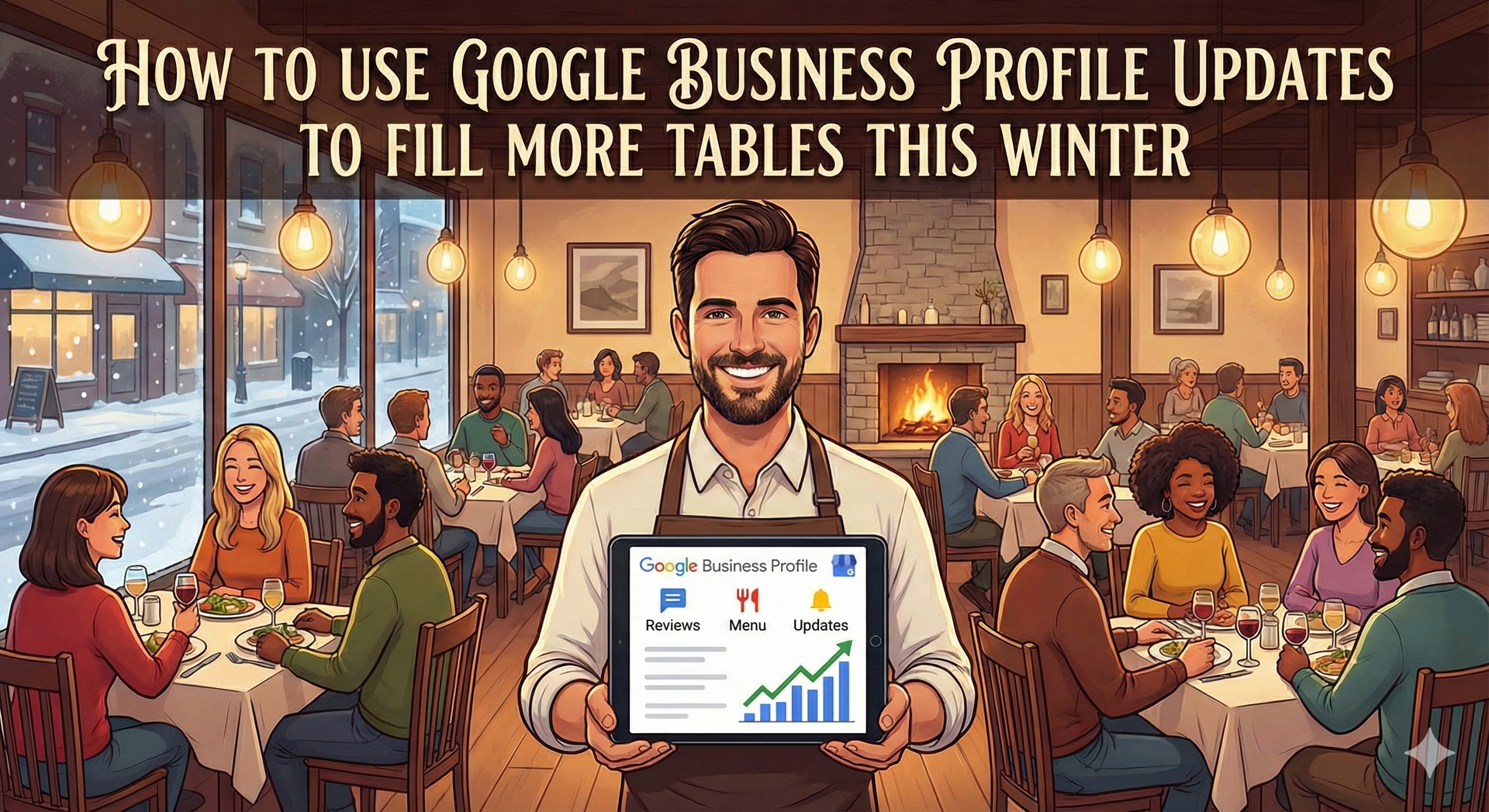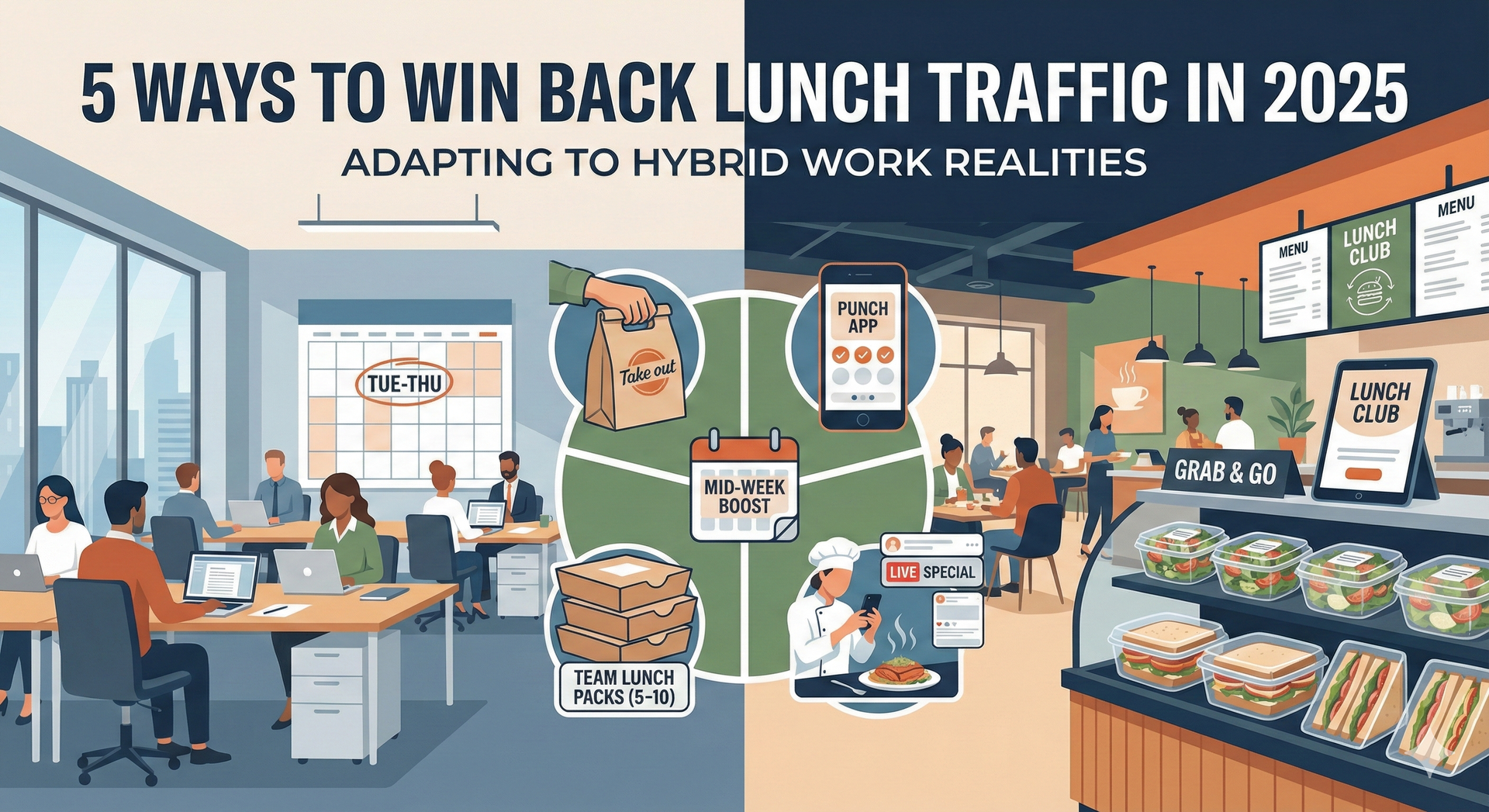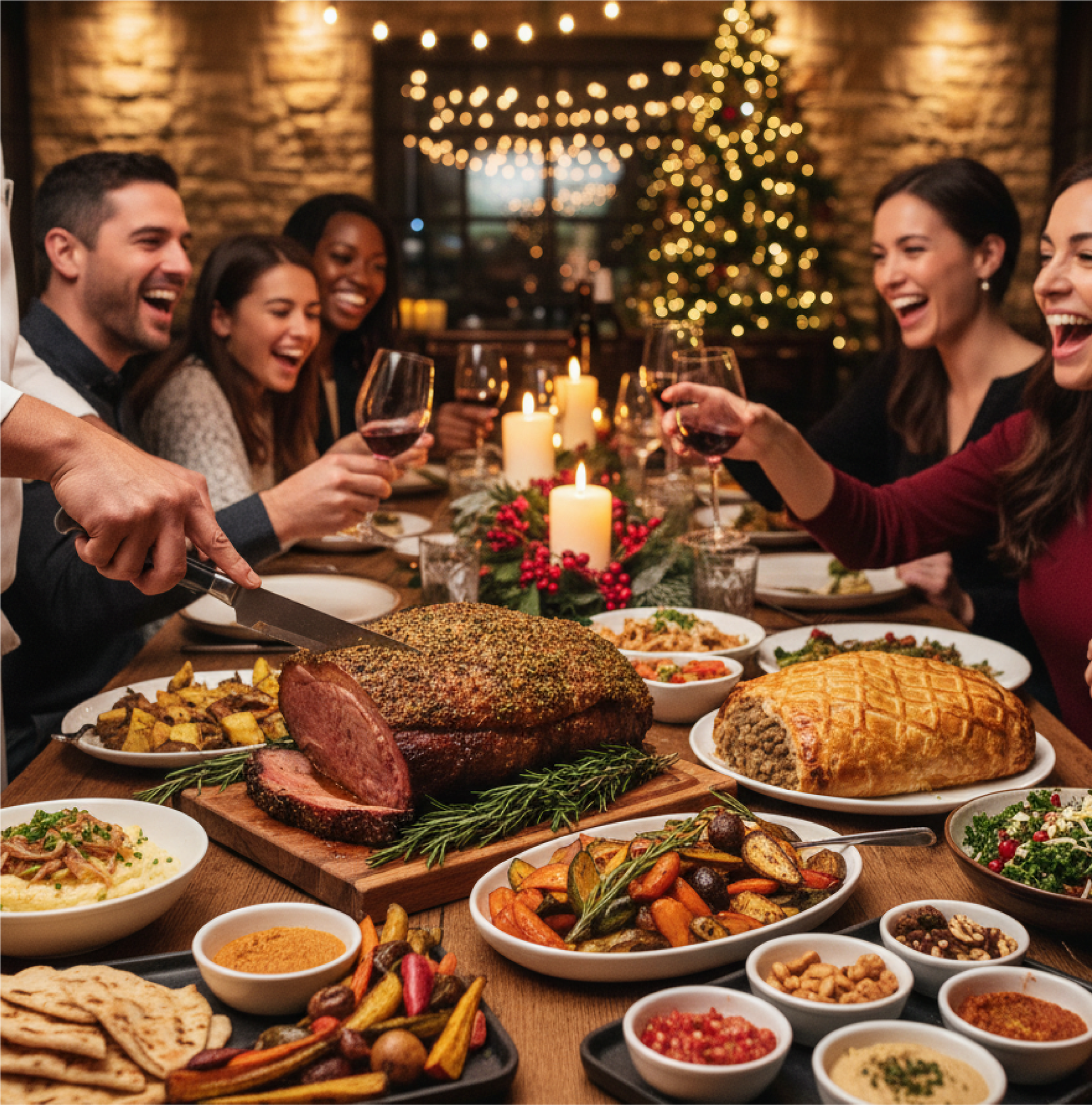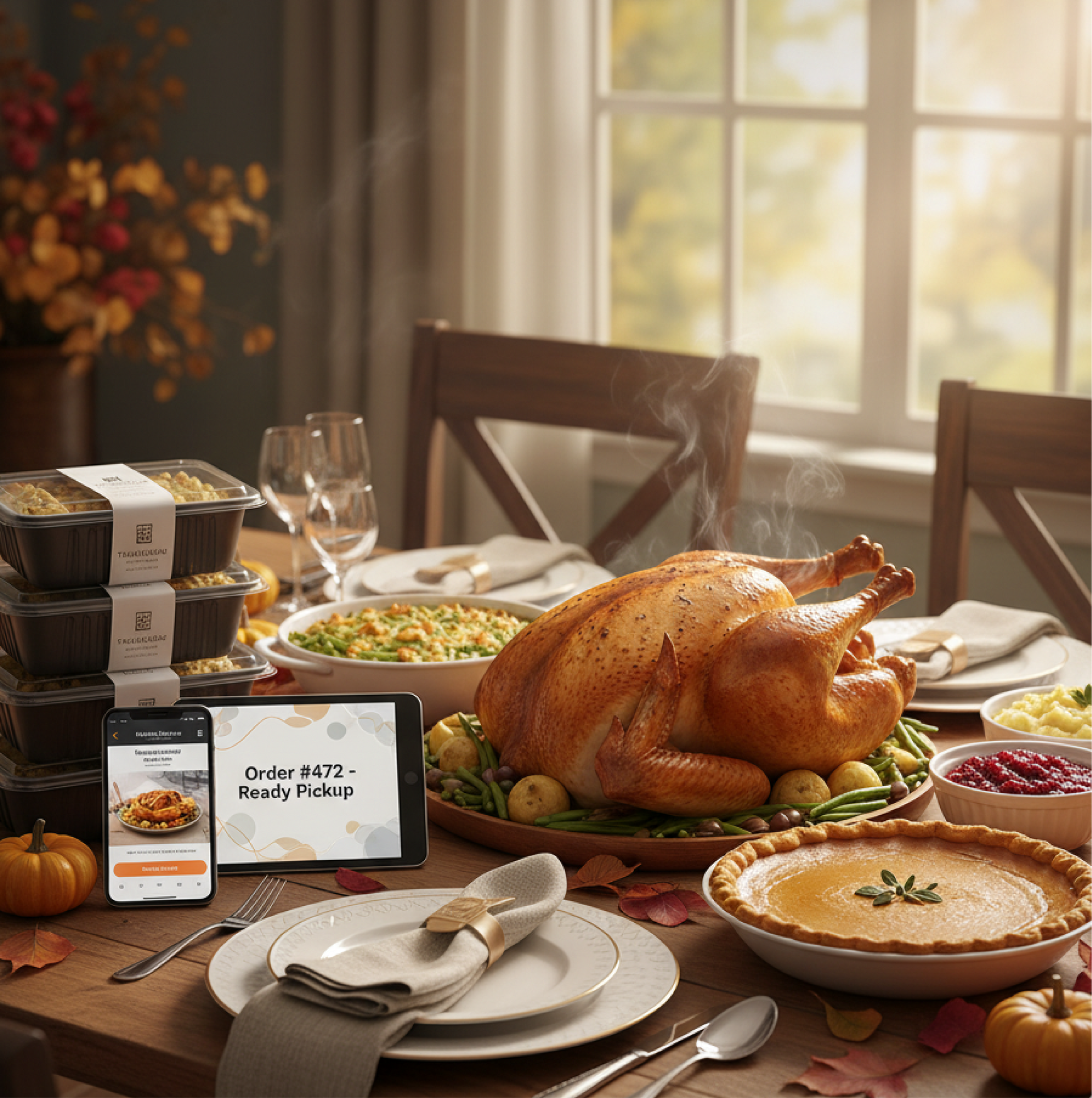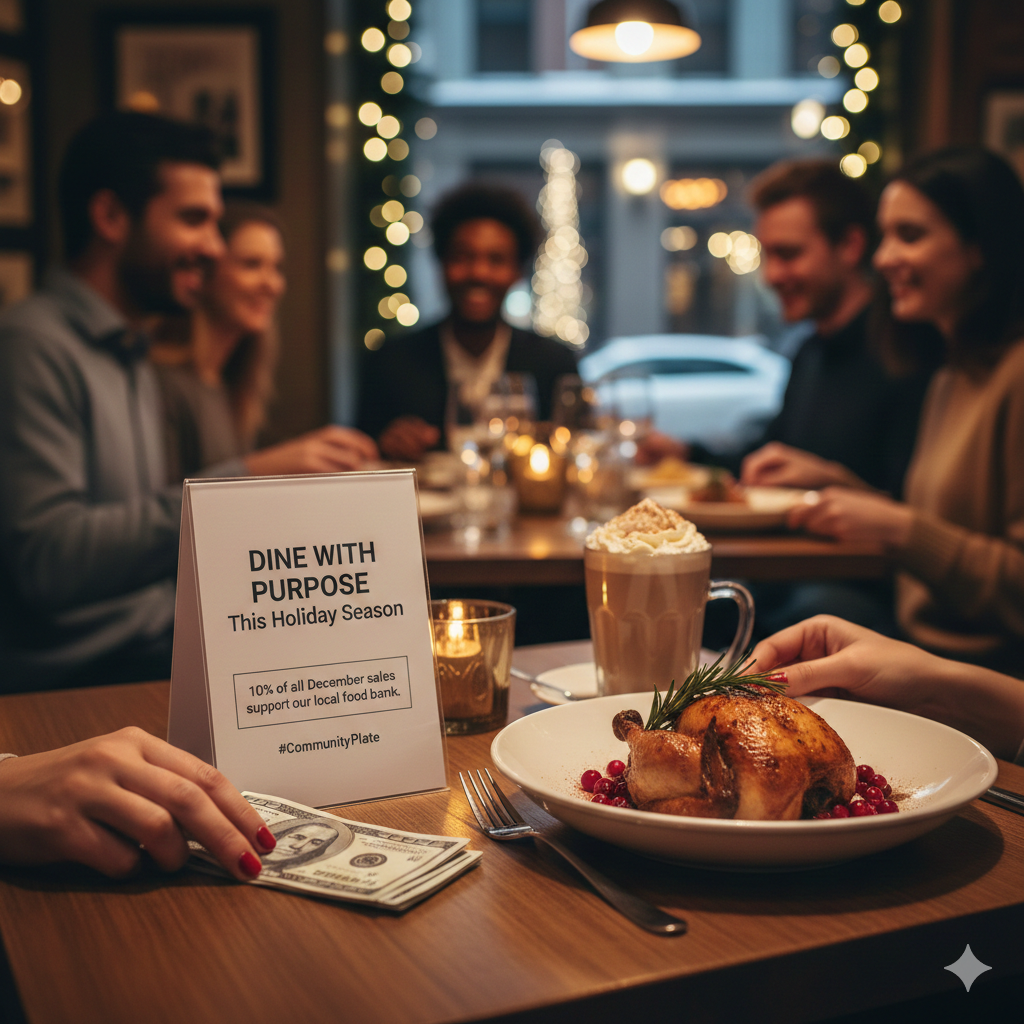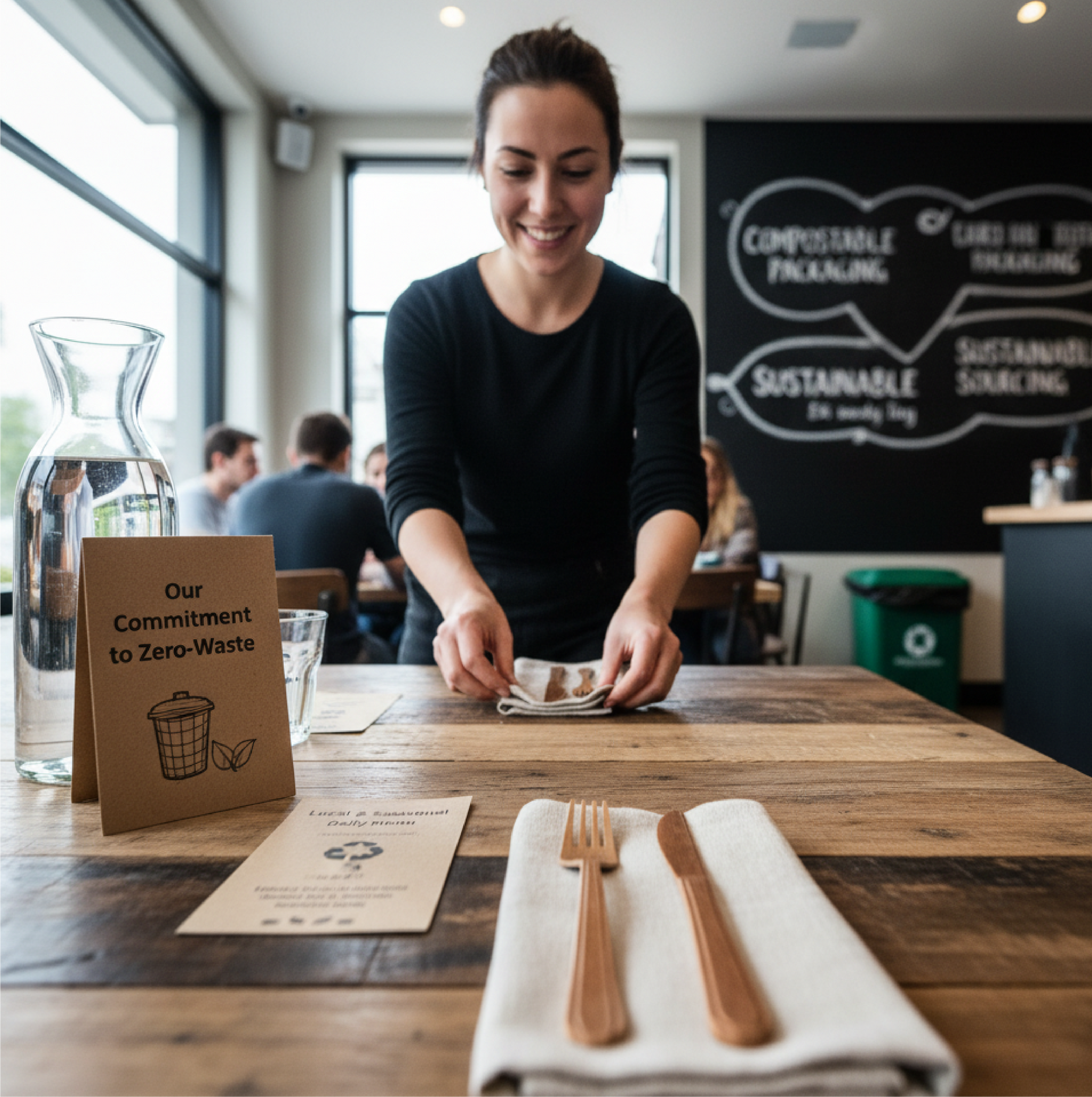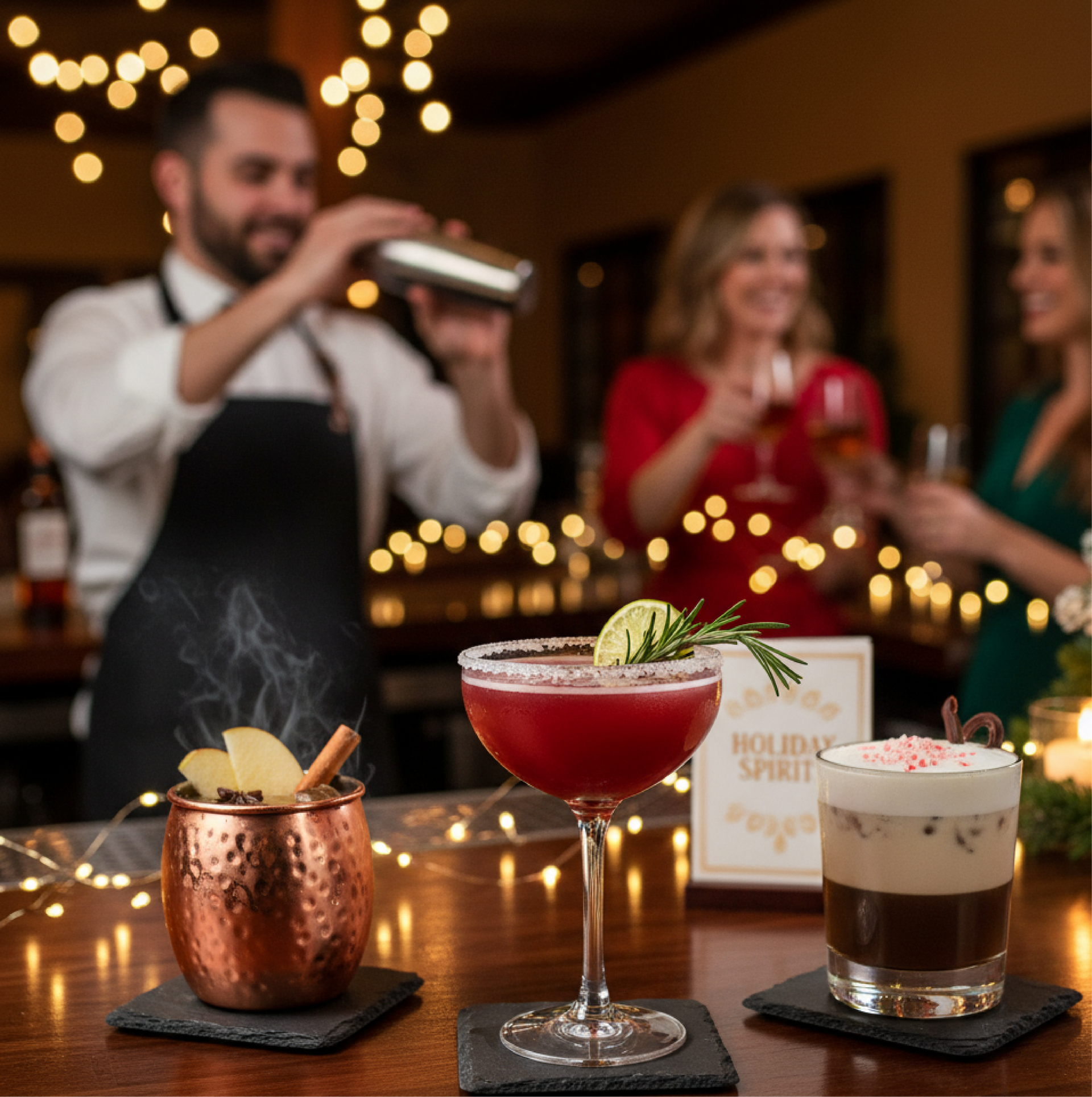Blog
Loyalty Programs for Restaurants
Why you should consider adding a loyalty program for your restaurant.

Loyalty programs is an essential tool to have in a business. According to Gartner, 80% of future revenues come from 20% of your current customers. 1 In addition, it was found that 78% of customers are more likely to continue to spend on a business if they have a customer loyalty program. 2
Ease of use. Loyalty programs should not be difficult to navigate for the customer, or for you and your employees. However, most loyalty programs are easy to use, and customers are familiar with the concept already.
Loyalty programs work in different ways. For example, a customer can repeatedly purchase items from a restaurant and their fifth purchase at the restaurant is free. Or in places like Starbucks, customers can earn points and use it towards certain items in the restaurant. If they earn 50 points, they can spend it on a small appetizer or drink, 100 points on a desert, etc.
Some restaurants are going further to build engagement through their loyalty programs. Customers can log into the restaurants loyalty app or email link and earn points through games, commenting on social media posts, etc.
Tips on Building Loyalty
Loyalty programs have many benefits for your restaurant and the customers that are, or will, be using it. As said before, 78% of customers are more likely to continue spending money at your restaurant if you have a loyalty program. They are 7.5 time more likely to recommend your restaurant and having a loyalty program increased engagement by 47%. 3
As mentioned previously, keeping your loyalty program simple is the key in its success. If it is too complicated or clunky, it will be frustrating for your customers and employees who must deal with the issues. Give customers the option to claim their rewards however they wish with certain menu items or offer gifts.
Additionally, loyalty programs work best when they are on a specific app. Most customers find it easier when the restaurant has its own app that they use for their loyalty program because it is easier to keep track of which loyalty program is for that specific restaurant or business. However, it can still be easy to navigate through phone numbers and emails, depending on your restaurant’s POS system.
Remember that the customers come first when it comes to building a loyalty program. If the customer ever has an issue with navigating the app or problems with earning their rewards, always provide a contact option in which they can reach for help. If the issue is big, offer compensation, or reward a few extra points.
Benefits of a Loyalty Program
Loyalty programs is one of the best forms of marketing. At least 47% of consumers have used a loyalty program and 65% of consumers have tried to earn points with a loyalty program at least once or twice. 4 In fact, increasing loyalty in your restaurant increases profits as well.
According to Grace Miller from Annex Cloud, she wrote: “The research conducted by Frederick Reichheld of Bain & Company which states: ‘increasing customer retention rates by 5% increases profits by 25% to 95%’ still stands true.” 5
In the United States, there are 3.3 billion loyalty memberships according to a report by Accenture. 6 In addition, around 90% of business owners have a loyalty program because of the benefits it provides. 7
Loyalty programs increase sales and revenue by driving frequency of visit. If there is a loyalty program, customers are willing to spend more money to get the necessary points needed for their next reward.
Customer loyalty programs increase customer engagement because restaurant owners can interact with their customers through their loyalty programs, which creates brand affinity and creates a reliable brand image.
Types of Loyalty Programs
Point Journeys
Point journeys are the most common form of loyalty building. Customers can purchase items and earn 1 point for every dollar spent and earn extra points if they reach a certain level in the loyalty program. Customers can also use the points earned to purchase a certain menu item or free customization, depending on your restaurant.
“[…] offer double points on specific items or days of the week to encourage customers to engage with the brand more often. The more incentives a consumer has with a restaurant, the more likely they are to reengage with the brand and promote it to peers.” 8
For example, Starbucks allows customers to earn a certain number of points, some ranging from 50-100 points if they purchase from their store a certain number of times on the same day. This allows Starbucks to earn more profit on a certain day where they need more customers.
Personalized Rewards
Restaurants can use their loyalty program to track their customers’ purchase histories to offer bonus reward points or free reward items when they reach a certain point in their loyalty building.
“Utilizing data and analytics, restaurants can identify preferences and priorities that help make their customers feel valued and more likely to return.” 9
Having said that, Starbucks and Papa John’s have loyalty programs where customers can earn points towards a certain item they purchase often or use the points they earn towards the customization of their menu item.
Overall, the type of loyalty program you choose to use for your restaurant depends on your customers’ purchase behavior and how they interact with you and your employees. As said before, the most common form of loyalty building is in forms of point journeys. However, there are plenty of other ways in which you can make it unique for your customers.


